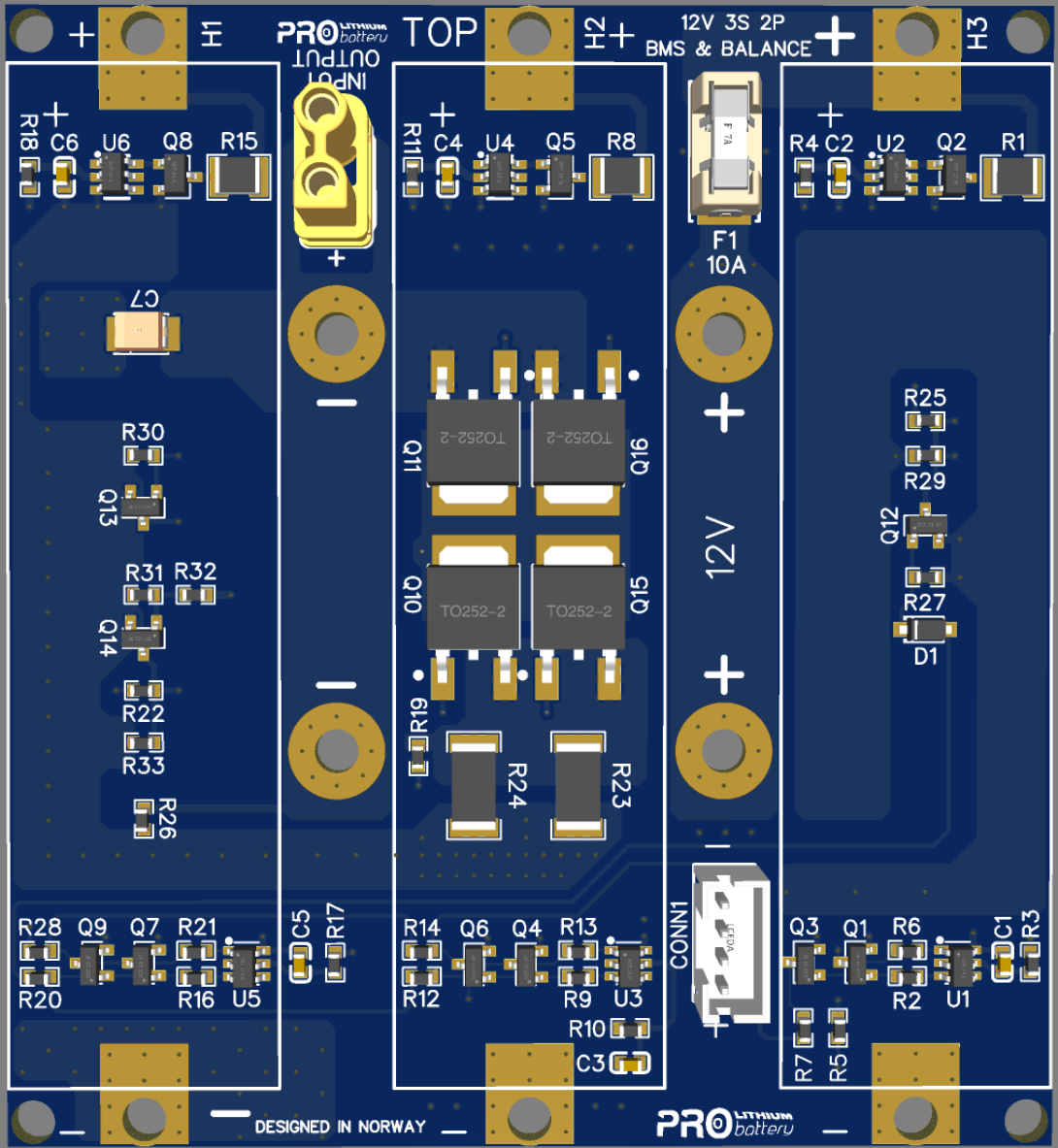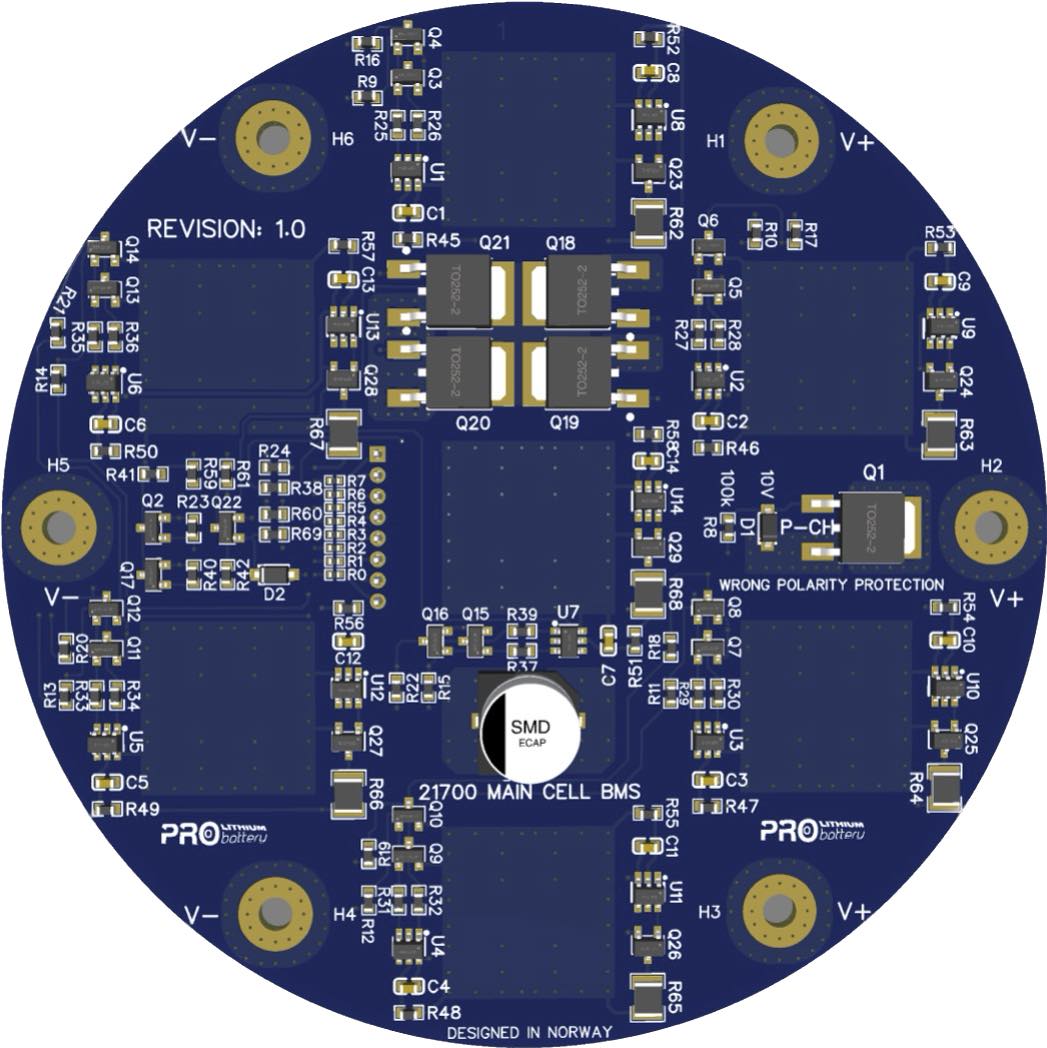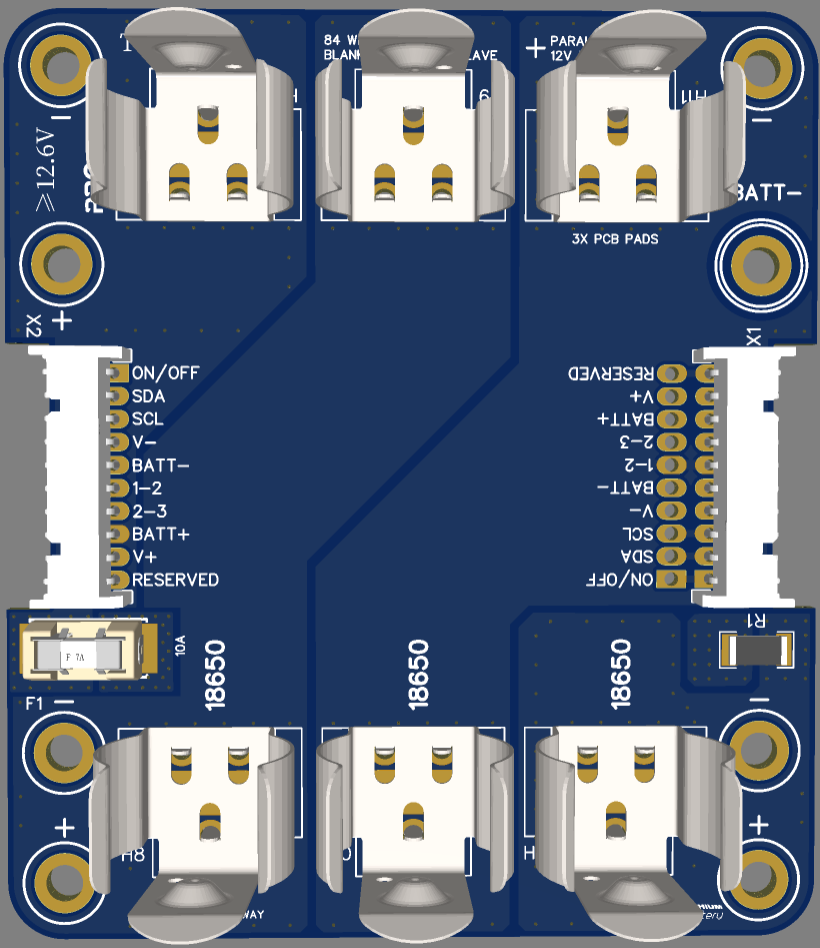BMS SECTION & PRINCIPLE
To be able to dive into the BMS, we first have to have a general understanding of what BMS is and what is the purpose. The BMS can vary in capability and what functions are integrated in. The first basic recommended functions are:
- Over charge protection
- Over discharge protection
- Short protection
- Voltage monitoring
- Temperature monitoring
- State of charge (SOC)
Additional functions can be added, depending of complexity and functionality requirements.
More to come…
WHAT BMS IS
Battery management system (BMS) is technology dedicated to the oversight of a battery pack, which is an assembly of battery cells, electrically organized in a row x column matrix configuration to enable delivery of targeted range of voltage and current for a duration of time against expected load scenarios.
BMS FUNCTIONS
SMART BMS
- State of charge calculations.
- Cell over-voltage and under-voltage protection.
- Intelligent battery balancing (passive).
- Battery charger control.
- Pack temperature monitoring.
- Monitors health of battery pack.

BMS INTEGRATION
This is a basic BMS integration that serves as over charge protection, over discharge protection and passive balancing.
The basic BMS is the most common used in low costs battery production to give only safety and most important functions for the battery to operate.

BMS INTEGRATION
The basic BMS is used here as well, this is a different development board ment for cilindrical space and underwater battery purpose. The BMS cand be integrated in any PCB shape.

BLANK BOARD
The blank board is designed for low production costs and serves as a subsystem prototype product. The slave blank board is used to add parallel connections to increase overall battery capacity. On top of the board a MASTER BMS board can be added to safely monitor and balance the cells from the modular system.
